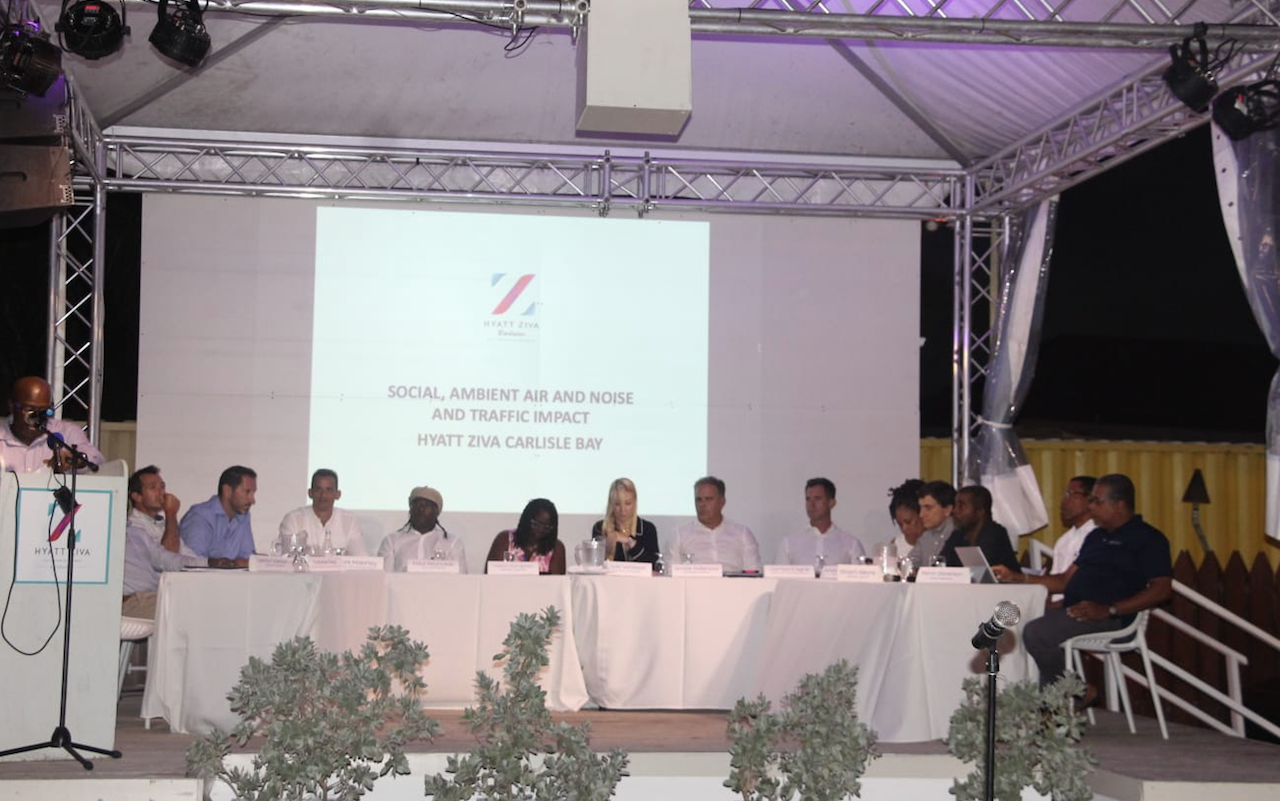Building the $350 million Hyatt Ziva Resort on Bay Street will result in the modest loss of area animal and plant life – including a nesting area for the endangered Hawksbill turtle, a long-awaited assessment of the project’s likely environmental impact has concluded.
But the Environmental Impact Assessment (EIA) also concedes that the developers’ plans provide counteracting measures to reduce the losses.
The hotel’s developers presented the findings of the much-talked-about EIA study on Thursday night at a town hall meeting at the Copacabana Restaurant next door to the controversial project’s site.

Key players of the proposed $350 million Hyatt Ziva Resort on Bay Street at last night’s townhall meeting at Copacabana.
The study found that there will be potential loss of identified fauna (animal life) located in Zone A and Zone B,”as a result of direct and indirect construction activities”.
According to the EIA: “All identified species are likely to be affected by the development of the site.
“The effect however, is unlikely to be major.
“Development is likely to introduce a variety of new plant species and reduce the likelihood of long term habitat and food loss.”
That part of the study on animal life was to survey the site, describe the bird life observed and determine the likely impact of change in the environment on the animals.
Those who conducted the assessment either observed a variety of birds, marine animals and crawling species or saw evidence of their presence.
These included crabs, lizards, turtles, bees, birds and butterflies.
The survey went so far as to reveal that the environmental impact on marine life would result in the potential disruption of nesting for the endangered Hawksbill turtle by removal of existing coastal plant species and or communities.
With respect to plant life, the EIA observed that all of the flora seen grows 15 to 20 metres away from the high water mark and comprises trees, shrubs, broadleaf weeds and grasses.
The survey noted that few of these were planted in the area, the majority being invasive colonizing species and the result of natural seed dispersal.
The study said: “Most dominant species on the project site include seaside almond found in both mature and juvenile stages of growth; casuarina found in both mature and juvenile stages.”
It found ten seaside almond trees and 13 casuarinas.
The less abundant species of trees, the assessment added, include coconut palm, clammy cherry, seaside mahoe and African tulip.
The study also revealed that with few exceptions, the remaining species of flora found on the site are the result of natural colonization by wind, birds, animals, the sea or human activity.
Rabbit vine, sweetheart and river tamarind are listed as leguminous vines and shrubs found in the area.
But the study argued that even with the potential loss of mature trees located in the area, where possible, larger trees will be protected and retained under the developers’ plans.
This would prevent “ecological disequilibrium” caused by sudden habitat loss, the survey said.
It assured that where technically and financially feasible, specimens would be transplanted within the proposed landscape design scheme.
A tree protection and removal plan would also be developed, the report noted, and a tree-planting plan would be implemented using site appropriate species for the redeveloped site.
Another mitigating measure to correct the potential loss and planned removal of existing plant species and or communities will see the harvesting of saplings and seedlings which are present on the project site.
The assessment said the harvesting would allow the saplings and seedlings to mature in a controlled environment and readied for replanting into the project in an effort to maintain the genetic diversity of the site’s plant life.
emmanueljoseph@barbadostoday.bb



